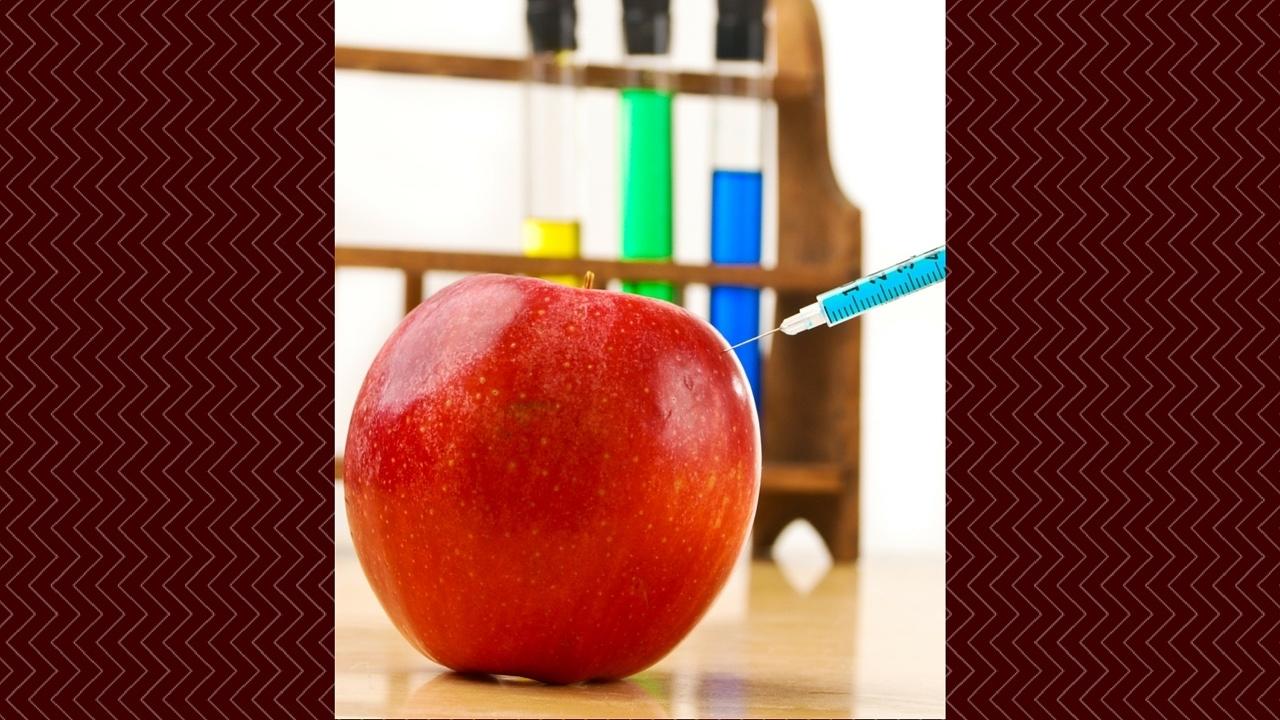Picky Eating vs Problem Feeding

If your child only eats certain foods and often refuses to try new types of food, you may be wondering if your child is a picky eater or has a feeding problem. Here are a few ways to know the difference. Typically, the majority of children who are picky eaters and do not have a more serious feeding problem demonstrate a normal growth pattern [1]. Normal growth and development as well as the absence of physical symptoms (e.g. trouble swallowing) are factors that healthcare professionals often look for when determining whether a child is a demonstrating picky eating or problem feeding [1].
Common signs of picky eating include [2-4]:
- Eating a limited amount and type of foods
- Refusing certain foods, especially fruits and vegetables
- An unwillingness to try new foods
- A strong preference for specific foods
- Preferring to drink milk or juice instead of eating
- Snacking instead of eating proper meals
- Preferring fatty foods and sweets
Feeding problems, on the other hand, may be due...
Link Between Autism and Mercury Toxicity

One of the most frustrating things for parents of children with Autism Spectrum Disorder is the lack of knowledge we have about the causes of ASD.
Autism awareness organizations have done an exceptional job raising awareness in the general population about autism, including what it is, what is isn’t, and how it affects children differently. As a result, there has been a greater demand for scientists to carry out significantly more research related to the causes of ASD, and how it impacts children so that they can live their best lives – their strengths emphasized, and their less-strong points understood and supported.
Among the many topics of interest is how elements in our environment can increase the risk of autism or aggravate its symptoms. Over the past decade or so, researchers have found that one element that could potentially influence the risk of autism is prenatal exposure to mercury. How certain is this? Do all researchers agree?
In this article, I will review what the...
8 of the Worst Ingredients Hidden in Your Food

Walking down the grocery isle looking for a healthy snack can make your head spin. So many products with seemingly legit health claims lure us into deception. Some great examples include terms like Whole Grains, Heart Healthy, All Natural, and the, oh so out of style, Low fat. How’s a healthy snack seeker supposed chose?
For starters, READ THE INGREDIENT LIST! I can’t stress this enough. Don’t be fooled by a well-written and beautifully designed sales package. That Heart Healthy granola bar isn’t all that awesome when you see the very commonly used carcinogenic neurotoxic preservative Butylated hydroxyanisole (BHA) or butylated hydrozytoluene (BHT) in the ingredient list. I know what your thinking. “What the heck is that and how do you pronounce it and why in the world would they put this harmful stuff in my healthy snack?” Well, the short answer, to increase the shelf life in order to make more money. Yep, I said it, MONEY. . It’s disappointing that our food is being poisoned for th...
